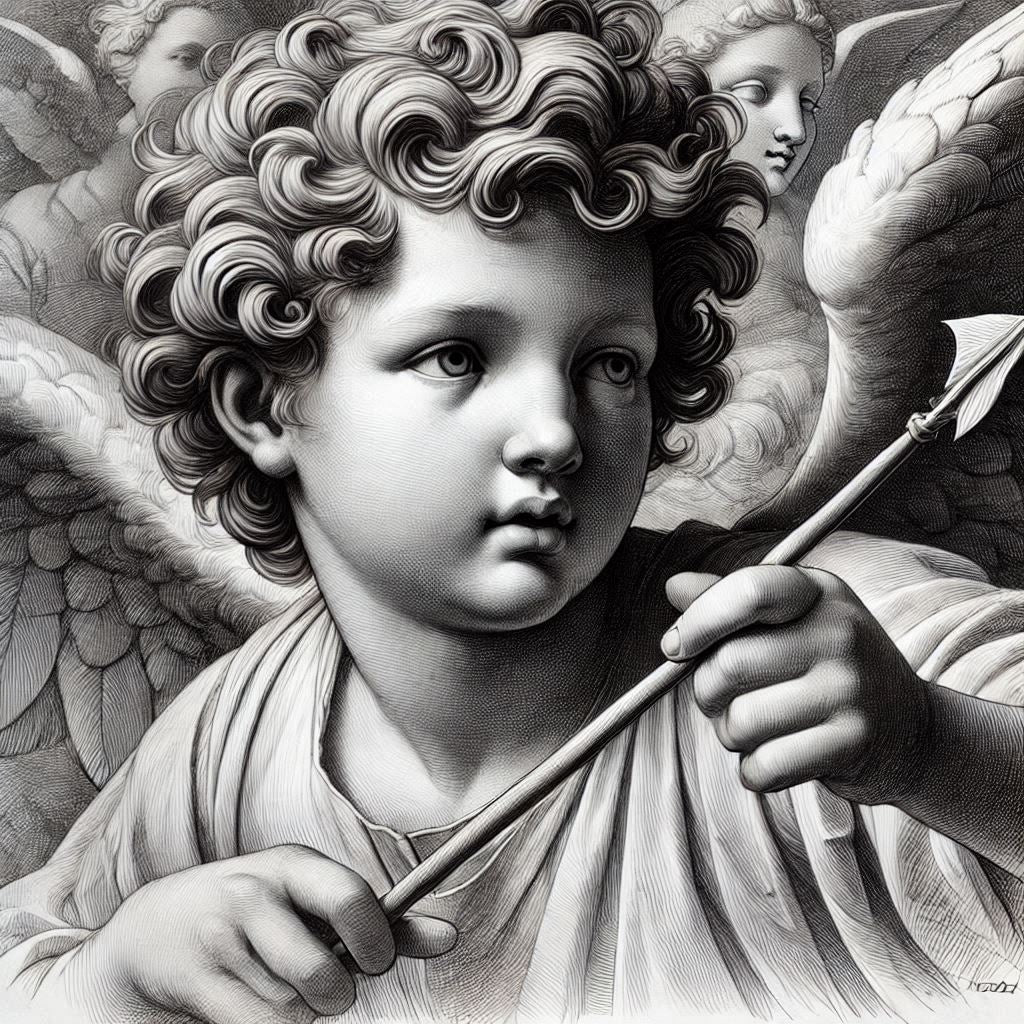Expressionism in Jewelry: Emotion and Art in Unique Designs (1905–1933)
Expressionism (1905–1933): Emotional Intensity and Subjective Experience in Jewelry Design
The Emotional Foundations of Expressionism
Expressionism arose as a response to the rapid industrialization and alienation of modern life. It sought to capture not the outward appearance of the world but its internal, emotional truth. Artists employed bold colors, distorted forms, and exaggerated gestures to communicate feelings of anxiety, passion, and introspection.

In painting, Edvard Munch's The Scream (1893) epitomizes this approach. Its swirling forms and jarring colors evoke existential despair, drawing viewers into the emotional turmoil of the subject. Similarly, Egon Schiele's unnerving portraits reveal the vulnerability and rawness of the human condition. Expressionist sculptors like Ernst Barlach captured a similar intensity in their works, using simplified and angular forms to focus on emotional resonance rather than anatomical accuracy.
These principles translated seamlessly into the world of jewelry, where designers began to eschew traditional symmetry and refinement in favor of pieces that conveyed raw, emotive power. The result was a body of work that, like Expressionist paintings and sculptures, acted as a window into the human psyche.
Expressionism and Jewelry Design: A New Visual Language
Expressionist jewelry broke free from the ornamental and romantic traditions of earlier periods. Drawing inspiration from painting and sculpture, designers employed asymmetry, bold textures, and unconventional materials to evoke emotion and individuality. The movement’s emphasis on subjectivity allowed for the creation of pieces that not only adorned the body but also communicated the wearer's inner world.
-
Form: Expressionist jewelry often adopted irregular, organic shapes that mimicked the distortions seen in Expressionist paintings and sculptures. This departure from symmetry paralleled the exaggerated and angular forms in works like Kirchner’s Street, Dresden (1908) or Barlach’s expressive bronze sculptures. Jewelry became less about perfection and more about embodying the energy and spirit of the wearer.

-
Color: Bold and contrasting color combinations were a hallmark of Expressionist art. In jewelry, this was achieved through vibrant gemstones such as garnets, amethysts, and citrines, set against textured gold or oxidized silver to enhance their visual impact. Enamel work also played a significant role, allowing for the rich, painterly application of color.
-
Materiality: The movement’s experimental spirit extended to materials. Expressionist jewelers incorporated unconventional elements like raw gemstones, hammered metals, and even found objects to create a tactile, visceral aesthetic. These materials echoed the earthy textures of Expressionist sculpture, such as Käthe Kollwitz’s evocative depictions of human suffering.
Jewelry as a Medium of Emotional Expression
Jewelry from this period often rejected the opulence associated with luxury in favor of introspective designs. Pieces became talismans of identity and emotion, resonating with the same intensity as a painted canvas or a sculpted form. For example, rings and brooches featured jagged, irregular lines that mirrored the fragmentation of modern life, while pendants often incorporated bold, abstract patterns evocative of Expressionist woodcuts.
Comparing Expressionism Across Painting, Sculpture, and Jewelry
The parallels between Expressionist painting, sculpture, and jewelry are striking, particularly in their shared focus on emotion and individuality.
-
Painting: Expressionist painters used color and composition to externalize inner turmoil. Jewelry designers adopted this approach, using vibrant gemstones and asymmetrical arrangements to reflect similar emotional landscapes.
-
Sculpture: Expressionist sculptors prioritized rawness and texture, often foregoing realistic detail for abstract forms that evoked a visceral response. This tactile quality found its counterpart in jewelry, where hammered metals and unpolished stones became central features.
-
Functionality: While paintings and sculptures served as static expressions of emotion, jewelry introduced an interactive dimension. Worn on the body, Expressionist jewelry became a living artwork, dynamically engaging with light, movement, and the wearer’s personal narrative.
Notable Figures in Expressionist Jewelry
While Expressionism’s impact on painting and sculpture is widely documented, its influence on jewelry is less well-known. However, several designers embraced the movement’s principles:
- Henriette Hahnloser: A collector and artist, Hahnloser created jewelry inspired by the vivid colors and emotional depth of Expressionist painting.
- Bauhaus Designers: Although more closely aligned with Constructivism, early Bauhaus artists like Johannes Itten experimented with Expressionist aesthetics in their jewelry designs, focusing on emotional resonance and materiality.
- Margaret de Patta: In the United States, de Patta’s modernist jewelry drew on Expressionist principles, incorporating abstract forms and expressive textures.

Expressionism in Contemporary Jewelry
Moreover, the movement’s focus on the human experience resonates in the increasing popularity of bespoke jewelry, where clients collaborate with designers to create pieces that reflect their unique stories and emotions. This process mirrors the deeply personal nature of Expressionist art, ensuring its relevance in today’s creative landscape.
Conclusion: Expressionism as a Catalyst for Creative Freedom
Expressionism, with its focus on emotion and subjectivity, transformed not only painting and sculpture but also the world of jewelry. By embracing irregular forms, bold colors, and unconventional materials, Expressionist jewelry challenged traditional norms and redefined adornment as a medium for personal and emotional expression.
After studying this movement, I feel deeply connected to its ethos of rejecting rigid traditions in favor of creative freedom. Designing jewelry for me is not merely a craft but a means of channeling feelings and emotions into tangible forms. Each piece I create carries a fragment of my own inner world. I invite you to discover the signals I embed in every ring—a part of me resides in every curve, gemstone, and texture, waiting to be unveiled.




